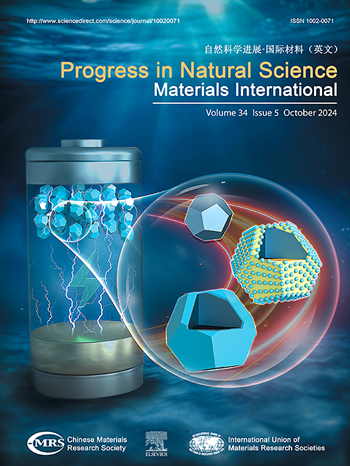In-situ construction of epitaxial phase for boosting zinc nucleation on three-dimensional interface
Abstract
Interface modification of zinc (Zn) metal anode with conductive three-dimensional (3D) structure is widely utilized in zinc ion batteries. However, the uniformity of zinc nucleation on surface microstructure is rarely investigated which exacerbates the tip effect and raises unstable risk. Herein, a strategy via the initial copper (Cu) alloying and following sulfurization treatment is reported to accomplish boosted uniform nucleation of zinc on the modified layer with dense microstructures. This epitaxial sulfide phase not only improves the wetting area to revitalize the microstructural surface, but also forms a bifunctional zincophilic Cu2S/CuZn alloy interface layer, which combines the merits of guided local ions diffusion and improved zinc nucleation environment. As a result, a homogeneous growth of zinc on the 3D structural substrate can be realized, and cycling stability of the achieved Cu2S/CuZn electrode with a practical capacity of 1 mAh cm−2 under 1 mA cm−2 or amplified current density of 10 mA cm−2 is significantly enhanced. This work provides an epitaxial strategy in constructing a bifunctional zincophilic interface layer for boosting zinc nucleation, and offers a new perspective on the modification of 3D surface structure for stabilization of zinc anode.

 求助内容:
求助内容: 应助结果提醒方式:
应助结果提醒方式:


